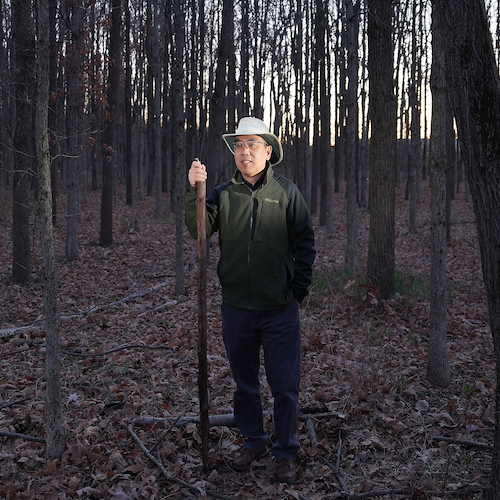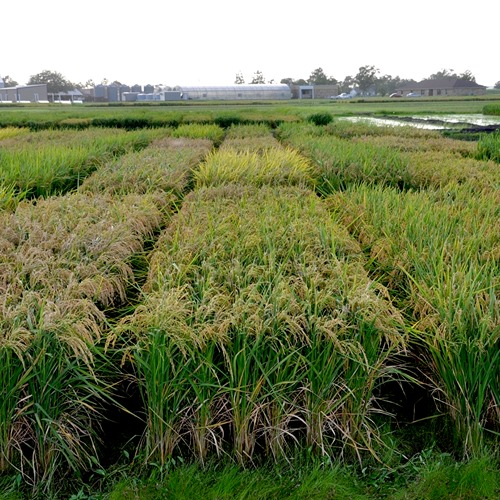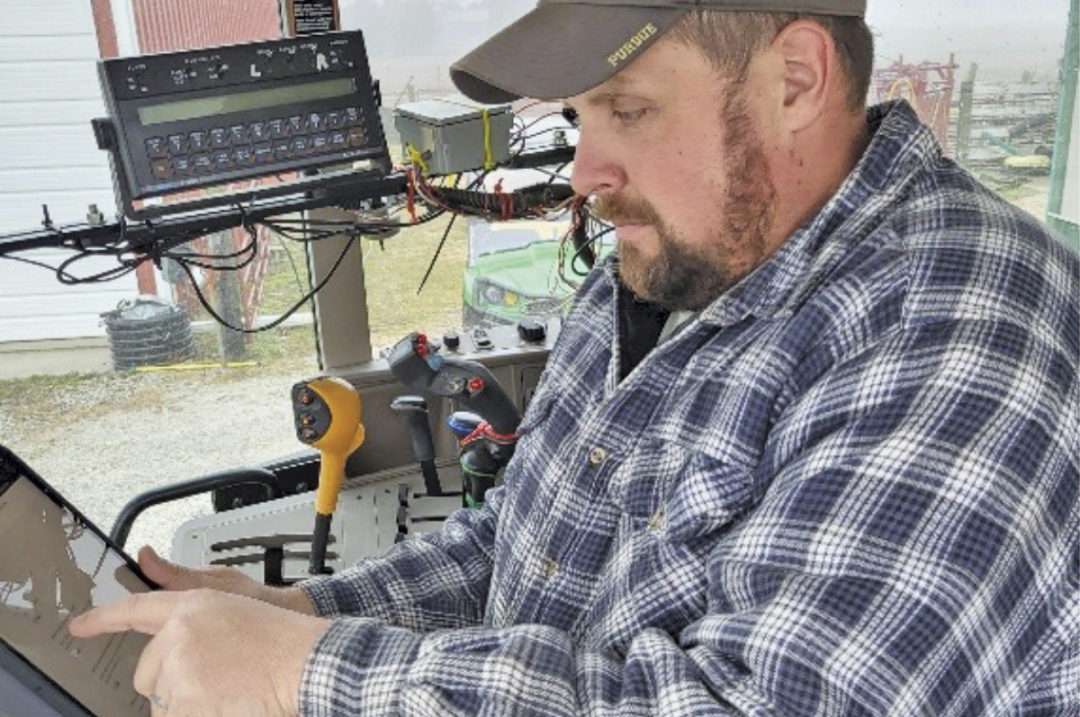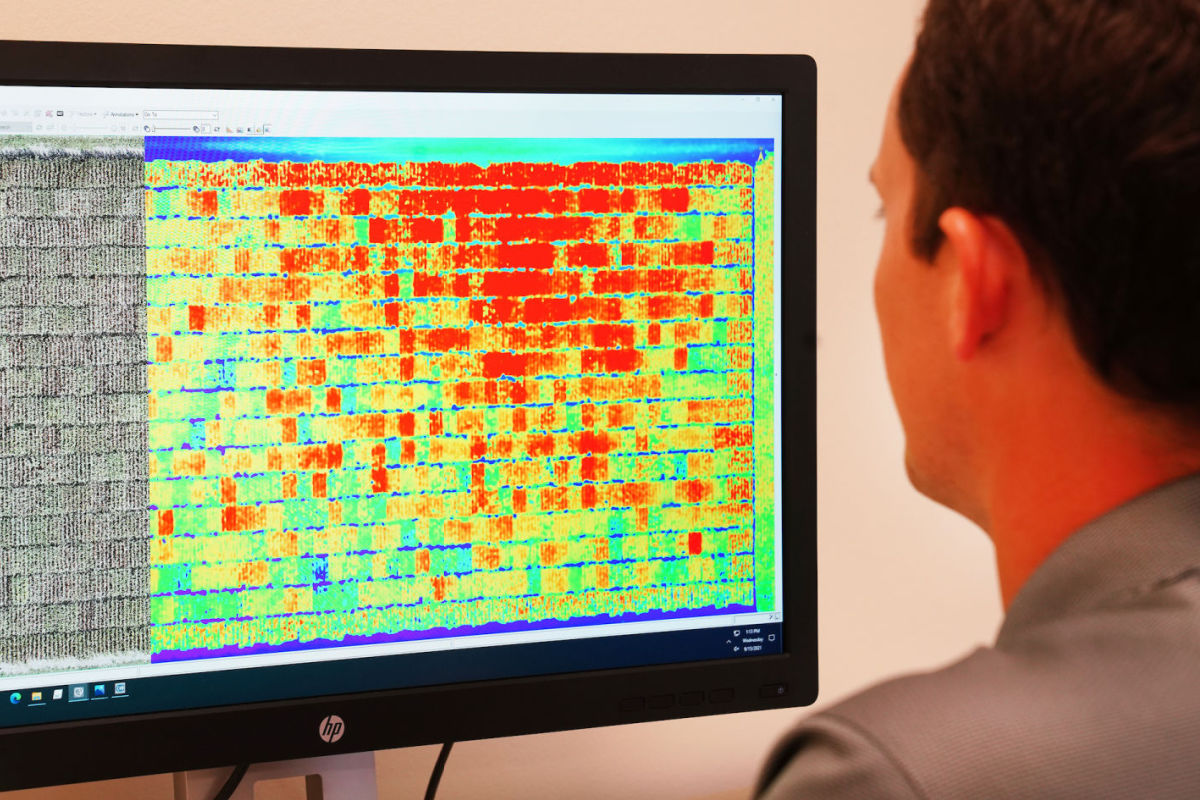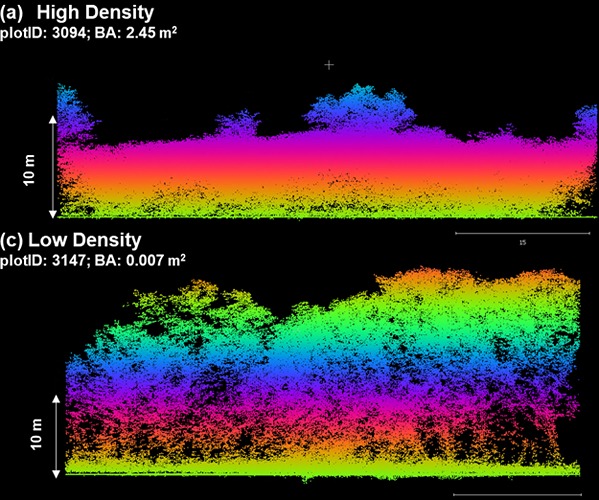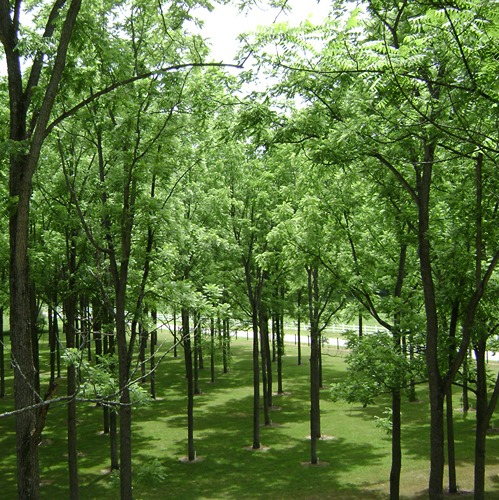These are not “your father’s spreadsheets”. We find that many people are put off by computer programming because the leading language keeps changing and the nuances of syntax, data architecture, and interfaces can be quite cumbersome to the novice.
But did you realize when you tell a spreadsheet to do certain calculations, analyses, or operations, you are programming? Most professionals in agriculture and related fields use spreadsheets regularly. Some of us may generate originals or significantly modify what we might get elsewhere. Some of us may just use what we see and change the inputs. Regardless, there is potential to do much more.
This video “demonstration” will give you some ideas for perhaps a better structure to your spreadsheets than you are used to seeing. The format demonstrated herein has been time tested and implemented by hundreds of students over recent years. But this video also uncovers a feature (macros or scripts), that isn’t necessarily new, but the availability in mobile platforms is relatively new.
Specifically demonstrated is a simple way to keep YOUR manure records in YOUR GoogleSheet. While a human must be “in the loop” to hit icons to save data, it is a nearly automatic way to record critical information you may need for reporting later – in a platform that is familiar to you. You could use a similar approach to track grain (or any other inventoried product) movement and inventories. You may take the demonstration file and duplicate it, control your permissions, and tailor it to your situation.
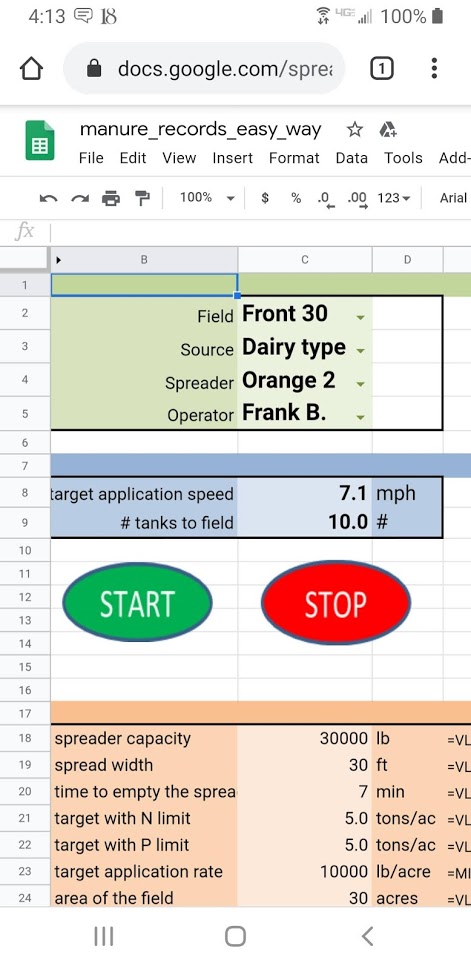 This image to the right is an actual screen capture of a manure “app-like spreadsheet” from a phone.
This image to the right is an actual screen capture of a manure “app-like spreadsheet” from a phone.
The automated spreadsheets video will help you understand some of the differences between Microsoft Excel and Google Sheets and just might inspire you to start solving problems and answering “what if …” questions faster than ever before.
If you find this intriguing, also check out a different post regarding automated transfer and inventory records (like moving grain from field to bin, bin to bin, bin to elevator, etc.). That post explains why you should watch the video before getting the GoogleSheet.
